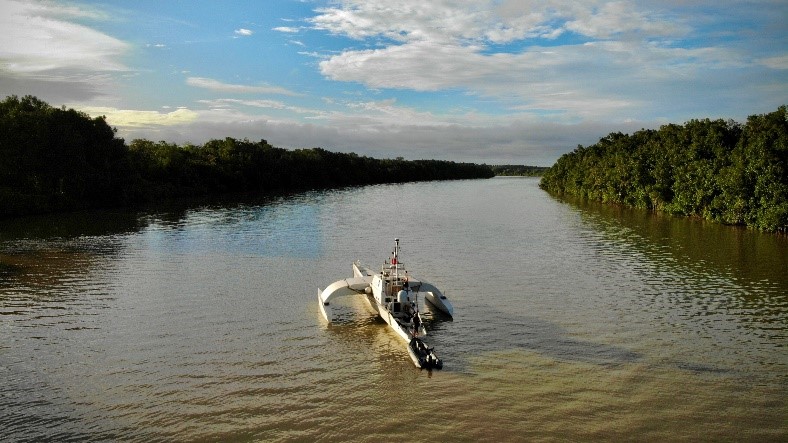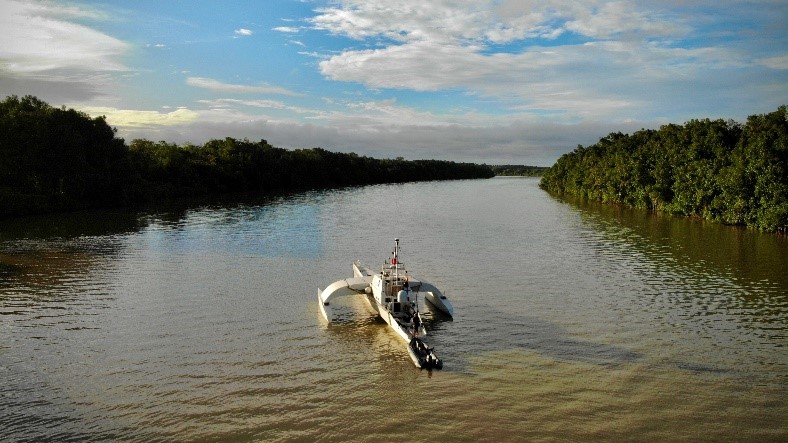Suriname, located in northeastern South America, is a hidden gem for adventure-seeking travelers. One of the most captivating destinations within this stunning country is the Maroni River. As it winds through dense rainforests and indigenous communities, the Maroni River offers a unique opportunity to dive into the rich culture and natural beauty of Suriname. From vibrant wildlife to traditional Maroon villages, this article invites you to embark on an unforgettable journey along the Maroni River, where breathtaking landscapes and awe-inspiring experiences await.
History of the Maroni River
The Maroni River has a rich history that spans both the colonial period and its significance to the indigenous communities that have inhabited its shores for centuries.
Colonial Period
During the colonial period, the Maroni River served as a vital trade route for European powers in the region. The river was especially important to the Dutch, who established several trading posts along its banks to facilitate the lucrative trade in commodities such as sugar, coffee, and cocoa. These trading posts also served as centers of colonization, where the Dutch exerted their influence and dominance over the local indigenous communities.
Indigenous Significance
For the indigenous communities that have called the Maroni River region home for generations, the river holds immense cultural and spiritual significance. The Wayana, Trio, and Lokono tribes are among the indigenous groups that have preserved their traditional ways of life along the river.
Geography of the Maroni River
The Maroni River is approximately 620 kilometers long and forms part of the border between Suriname and French Guiana. It begins in the Tumuk Humak Mountains and flows into the Atlantic Ocean. The river is known for its diverse ecosystem, which includes a wide range of flora and fauna.
Flora and Fauna
The Maroni River is teeming with an incredible variety of plant and animal species. The dense rainforest that lines the river is home to a wide range of flora, including towering trees, colorful flowers, and sprawling vines. This lush vegetation provides a habitat for numerous animal species, including monkeys, jaguars, tapirs, and boa constrictors.
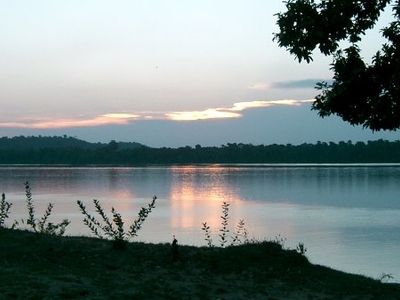
Indigenous Communities along the Maroni River
The Maroni River is home to several indigenous communities that have managed to preserve their traditional way of life amidst the encroachment of modernity.
Wayana
The Wayana people are one of the largest indigenous groups along the Maroni River. They have a rich cultural heritage, including unique art, music, and dance forms. The Wayana are known for their intricate weaving and basketry techniques, which have been passed down through generations.
Trio
The Trio people, also known as the Tiriyó, are another indigenous group residing along the Maroni River. They have a close connection to nature and rely on fishing, hunting, and farming for their sustenance. The Trio are known for their distinctive body painting and vibrant handicrafts.
Lokono
The Lokono people are an indigenous group that has lived along the coast of the Maroni River for centuries. They have a deep connection to the river and rely on its resources for their livelihood. The Lokono are skilled fishermen and are known for their expertise in traditional boat-building.
Popular Activities on the Maroni River
The Maroni River offers a wide range of activities for tourists looking to explore its natural beauty and immerse themselves in the local culture.
Canoeing and Kayaking
One of the most popular activities on the Maroni River is canoeing or kayaking. This allows visitors to navigate the river at their own pace, taking in the stunning scenery and enjoying the tranquility of the water. It’s a great way to explore the river and its surrounding rainforest, as well as to spot wildlife along the way.
Fishing
Fishing is another popular activity on the Maroni River, both for locals and tourists. The river is known for its abundant fish population, including species such as catfish, piranhas, and peacock bass. Fishing tours can be arranged, allowing visitors to learn traditional fishing techniques from the indigenous communities and possibly even catch their own dinner.
Swimming and Snorkeling
The crystal-clear waters of the Maroni River provide ample opportunities for swimming and snorkeling. Visitors can cool off in the refreshing river and explore the underwater world, admiring the colorful fish and other aquatic creatures that call the river home.

Unique Flora and Fauna of the Maroni River
The Maroni River is renowned for its unique and diverse ecosystem, which is home to a wide variety of plant and animal species.
Various Fish Species
The Maroni River is a paradise for fishing enthusiasts due to its rich diversity of fish species. From the fierce piranhas to the majestic peacock bass, the river offers an abundance of options for anglers looking for an exciting fishing experience.
Bird Watching
The lush rainforest surrounding the Maroni River is a haven for bird watchers. The region is home to over 500 bird species, including the vibrant Guianan Cock-of-the-rock, the elusive Harpy Eagle, and the graceful Scarlet Ibis. With a keen eye and a pair of binoculars, visitors can spot these magnificent birds in their natural habitat.
Medicinal Plants
The rainforest along the Maroni River is a treasure trove of medicinal plants used by the indigenous communities for centuries. From healing herbs to powerful roots, visitors can learn about the traditional medicinal practices and the importance of these plants in indigenous culture.
Traditional Cuisine along the Maroni River
The Maroni River region offers a unique culinary experience, with traditional dishes that showcase the diverse flavors of the indigenous communities.
Local Fish Dishes
Given the abundance of fish in the Maroni River, it comes as no surprise that fish plays a central role in the local cuisine. Traditional dishes such as grilled catfish, fish soup, and smoked fish are not only delicious but also a reflection of the sustainable fishing practices of the indigenous communities.
Cassava-based Meals
Cassava, a root vegetable native to the Amazon rainforest, is a staple food for the indigenous communities along the Maroni River. It is used to make various dishes, including cassava bread, farinha (a type of flour), and casiri (a fermented drink). Visitors can taste these traditional cassava-based meals and learn about the cultural significance of this versatile crop.
Exotic Fruits
The Maroni River region is home to a wide variety of exotic fruits that are both refreshing and bursting with flavor. From juicy mangoes and sweet pineapple to exotic fruits like the soursop and the cupuaçu, visitors can indulge in the tropical delights that the region has to offer.
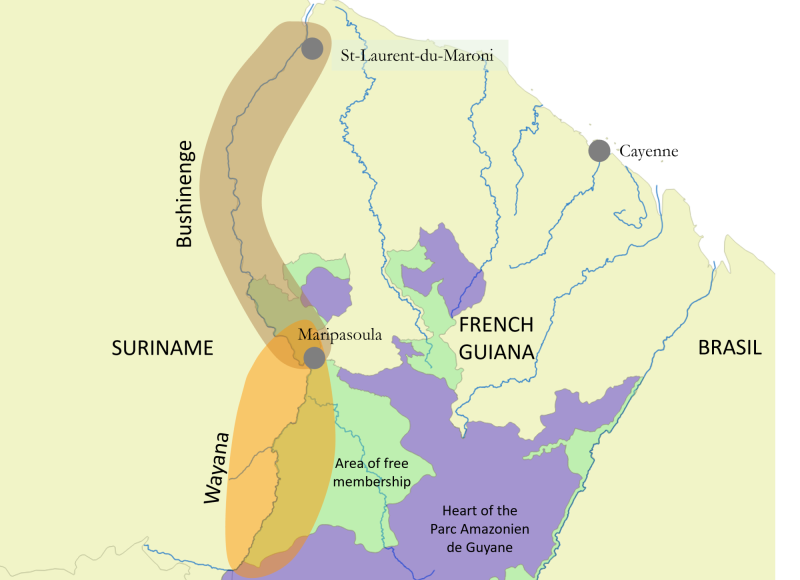
Cultural Events and Festivals on the Maroni River
The Maroni River is host to various cultural events and festivals that offer a glimpse into the vibrant traditions and rich cultural heritage of the indigenous communities.
Maroon Day
Maroon Day is a significant cultural event celebrated by the Maroon communities along the Maroni River. It commemorates the bravery and resilience of the ancestors who escaped slavery and established free communities in the rainforest. The celebrations include traditional music and dance performances, as well as storytelling and other cultural activities.
Wayana Cultural Celebrations
The Wayana people celebrate their cultural heritage through various festivals and events throughout the year. These celebrations often feature traditional dances, music performances, and the display of intricate handicrafts. Visitors can witness and participate in these celebrations to gain a deeper understanding of the Wayana culture and traditions.
Environmental Challenges and Conservation Efforts
The Maroni River and its surrounding rainforest face various environmental challenges, but there are initiatives in place to conserve and protect this precious ecosystem.
Illegal Gold Mining
Illegal gold mining is a major threat to the Maroni River and its ecosystem. The use of mercury in gold extraction pollutes the water, endangering aquatic life and the health of the communities living along the river. Efforts are being made to raise awareness about the devastating effects of illegal mining and to promote sustainable mining practices.
Deforestation
Deforestation poses a significant threat to the rainforest along the Maroni River. Clearing land for agriculture and logging activities result in habitat loss for numerous plant and animal species. Conservation organizations are working with local communities to promote sustainable land use practices and protect the rainforest from further destruction.
Conservation Initiatives
Several conservation initiatives are in place to preserve the unique biodiversity of the Maroni River region. These initiatives focus on education, sustainable development, and the protection of endangered species. Indigenous communities are actively involved in these efforts, ensuring the conservation of their ancestral lands and cultural heritage.
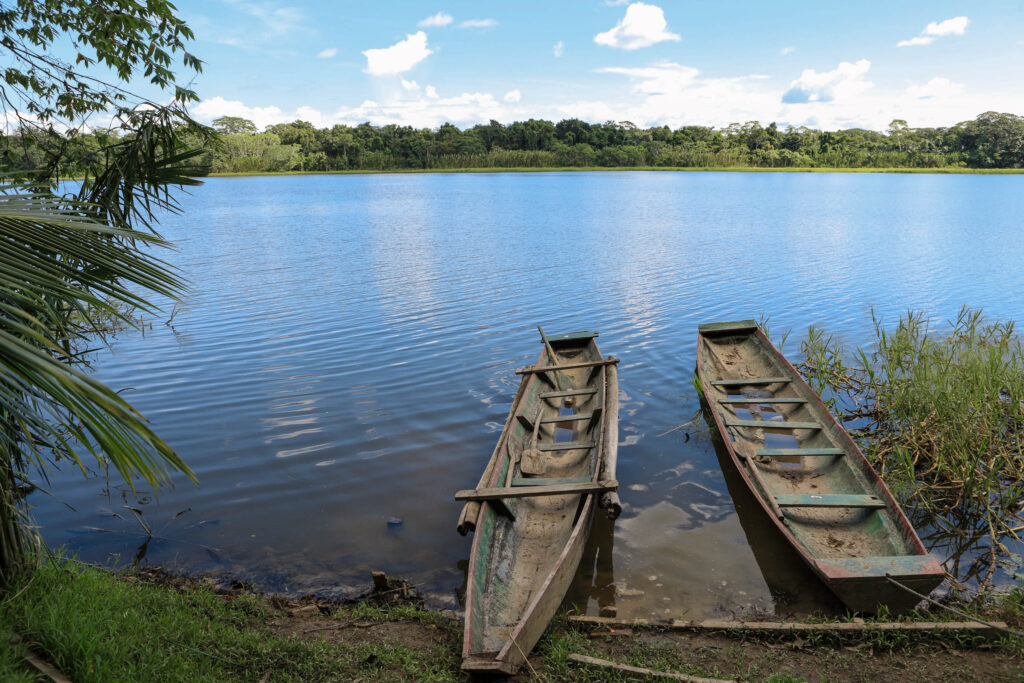
Getting to the Maroni River
There are several transportation options available to reach the Maroni River, providing visitors with easy access to this pristine natural wonder.
Transportation Options
The most common way to reach the Maroni River is by flying to the capital city of Paramaribo in Suriname and then taking a domestic flight to Albina, a town located near the river. From Albina, visitors can hire boats or join organized tours to explore the river and its surrounding areas.
Local Tour Operators
There are several local tour operators that offer guided tours along the Maroni River. These tours provide visitors with the opportunity to learn about the indigenous cultures, explore the diverse ecosystem, and engage in various activities such as fishing, bird watching, and traditional crafts.
Top Attractions to Explore near the Maroni River
The Maroni River region is not just about the river itself; there are also several other attractions in the vicinity that are worth exploring.
Kabalebo Nature Resort
Located near the Maroni River, the Kabalebo Nature Resort offers a luxurious and immersive experience in the heart of the rainforest. Visitors can enjoy activities such as hiking, wildlife spotting, and stargazing while staying in comfortable lodges surrounded by the stunning beauty of nature.
Brownsberg Nature Park
Situated in the Brokopondo district, the Brownsberg Nature Park is a must-visit destination near the Maroni River. The park offers breathtaking views, hiking trails, and the chance to spot exotic wildlife. Visitors can explore the waterfalls, swim in refreshing creeks, and learn about the diverse flora and fauna of the area.
Galibi Nature Reserve
Located at the mouth of the Maroni River, the Galibi Nature Reserve is a haven for wildlife enthusiasts and beach lovers alike. The reserve is known for its turtle nesting sites, where visitors can witness the incredible spectacle of endangered sea turtles laying their eggs. The beaches of Galibi are perfect for relaxation, with their golden sands and serene atmosphere.
In conclusion, the Maroni River in Suriname offers a unique and immersive experience for travelers looking to explore the natural beauty and rich cultural heritage of the region. With its diverse flora and fauna, indigenous communities, and a wide range of activities, the Maroni River is a true gem waiting to be discovered. By promoting sustainable tourism and supporting conservation efforts, we can ensure the preservation of this remarkable ecosystem for future generations to enjoy. So, pack your bags and embark on a journey of exploration and discovery along the magnificent Maroni River.
